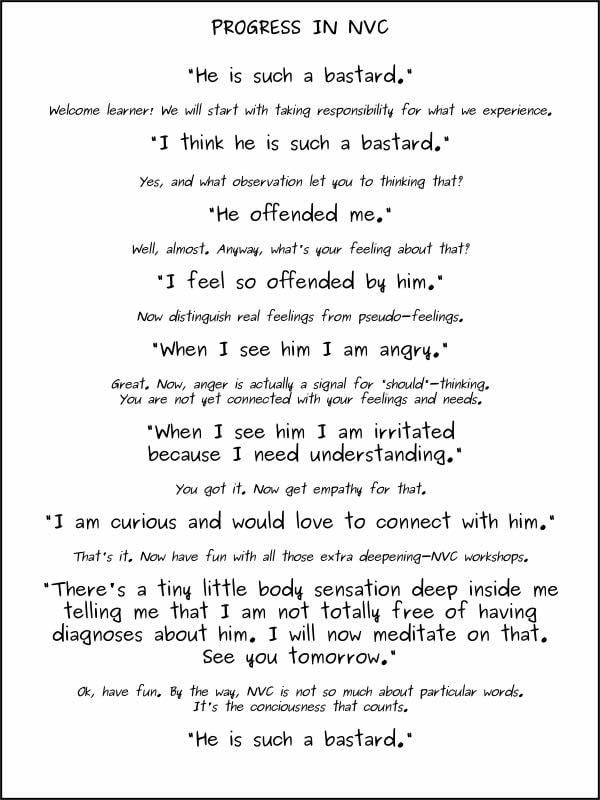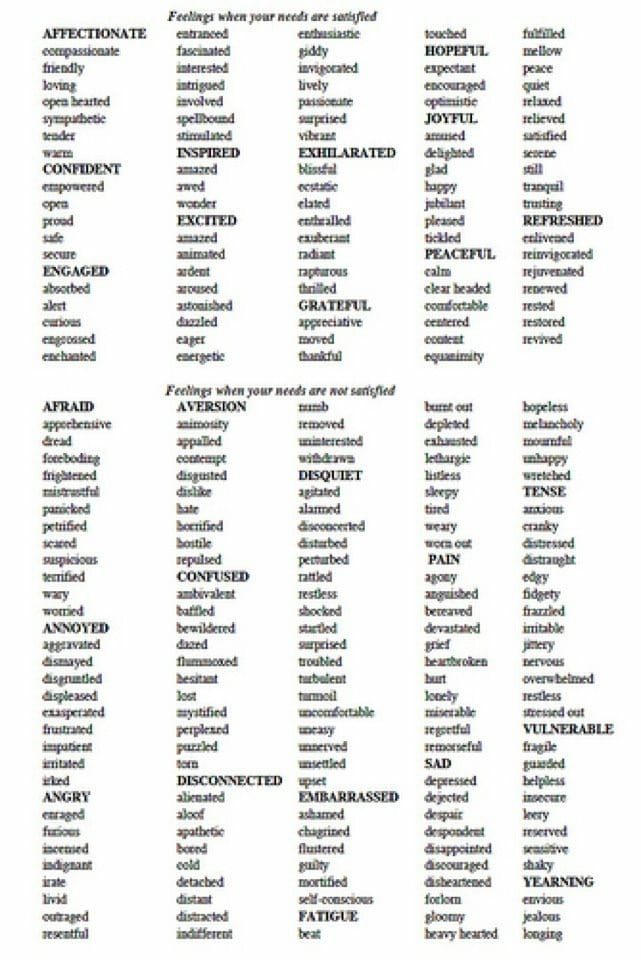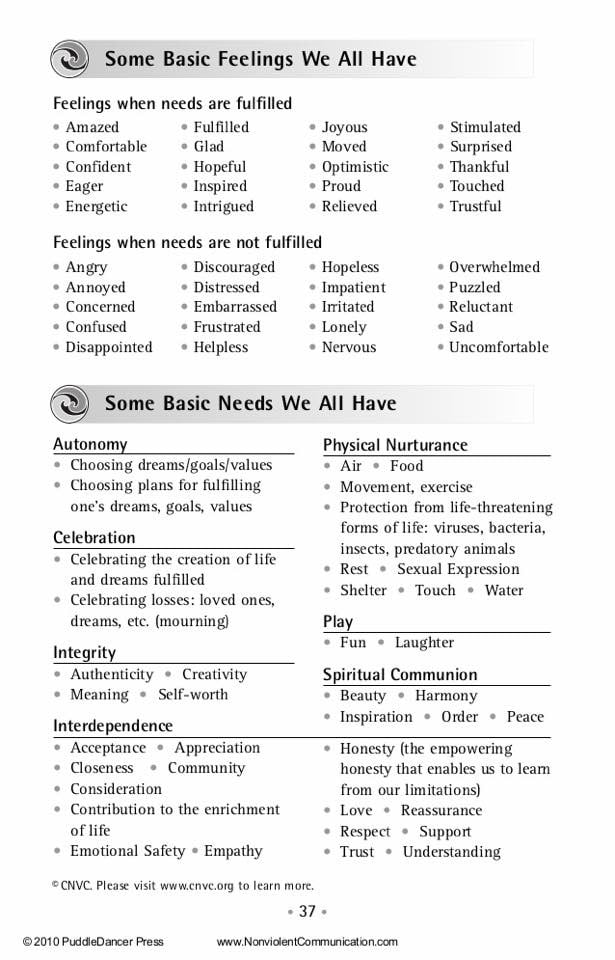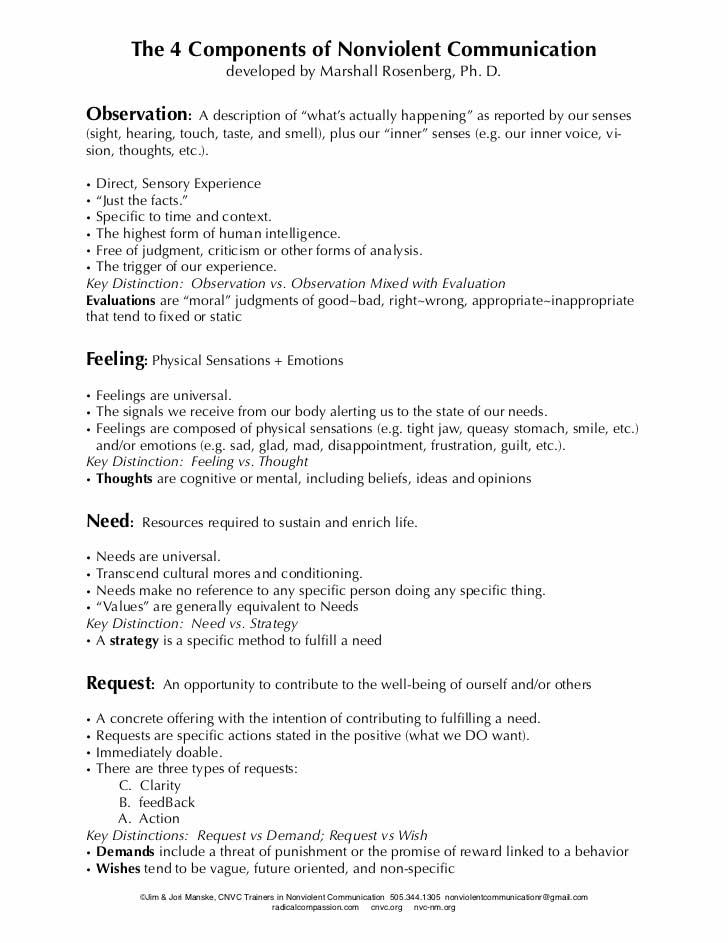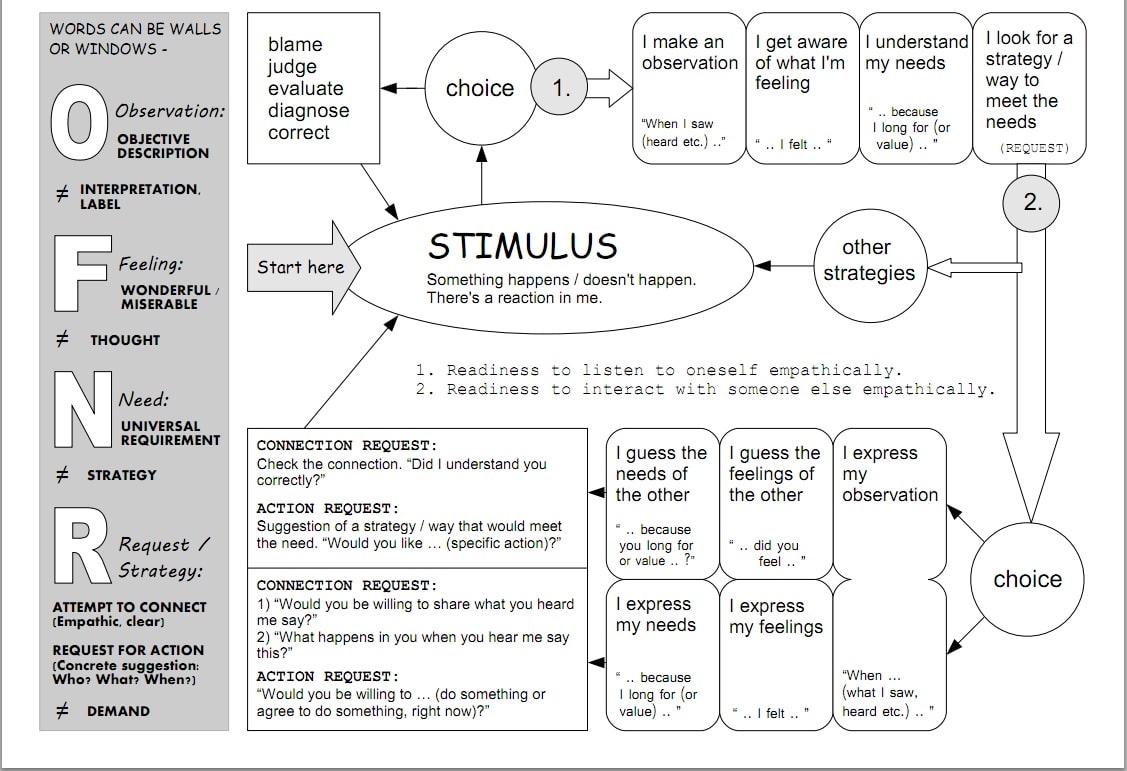Dr. Marshall Rosenberg and Nonviolent Communication

Note from Taylor Reaume: Dr. Marshall Rosenberg is one of my top 10 mentors. I was privileged to have the opportunity to meet him twice at workshops held in Santa Barbara. His model for compassionate communication is the most advanced and helpful system for processing internal thoughts I have ever found.
With a nation often on edge due to political and racial strife, students and communities trying to make their voices heard, and even families forced to quarantine together in close quarters, it has never been more important to learn to communicate without resorting to violence. Nonviolent Communication, or NVC, heightens awareness regarding the importance of communicating compassionately, verbalizing feelings, and understanding the differences between needs and requests vs. demands. I hope you enjoy these insights into his work.
A Worldwide Movement Begins
Dr. Marshall Rosenberg was an American psychologist, mediator, author and teacher known for developing the theory of Nonviolent Communication. He began formulating his insights during the civil rights and anti-war protests of the 1960s, and helped to peacefully desegregate long-separated school districts. From there, he went on to work as a global peacemaker and founded the Center for Nonviolent Communication (CNVC), an international non-profit organization. The NVC community is currently active in over 65 countries around the globe. According to the Center:
“NVC is based on the principles of nonviolence – the natural state of compassion when no violence is present in the heart. NVC begins by assuming that we are all compassionate by nature and that violent strategies—whether verbal or physical—are learned behaviors taught and supported by the prevailing culture.”
NVC assumes that we all share the same, basic human needs, and that all actions are a strategy to meet one or more of these needs. People who practice NVC have found greater authenticity in their communication, increased understanding, deeper connections, and enhanced conflict resolution. Applications can be seen in all sectors of society from the personal and professional to the political.
Groups such as educators, mental health and health care providers, managers, lawyers, police and prison officials, military officers, prisoners, clergy, government officials, and families have benefited from his teachings. He has provided training to promote the peaceful resolution of differences in areas fraught with war and economic disadvantages.
What is NVC?
Most of us want to improve the quality of our relationships, to deepen our sense of personal empowerment and to communicate more effectively. Unfortunately, though, we have been educated from birth to compete, judge, demand and diagnose; to think and communicate in terms of “right“ and “wrong.“ The habitual ways we think and speak tend to hinder communication and create misunderstanding. At their most extreme, our unfeeling habits can lead to anger, pain, and even violence.
NVC reaches beneath the surface and discovers what is alive and vital within us. It flows from the understanding that all of our actions are based on human needs we seek to fulfill. NVC provides a vocabulary of feelings and needs that help us more clearly express what is going on in us, and understand what is going on in others. When we understand and acknowledge our needs, we develop a shared foundation for much more satisfying relationships.
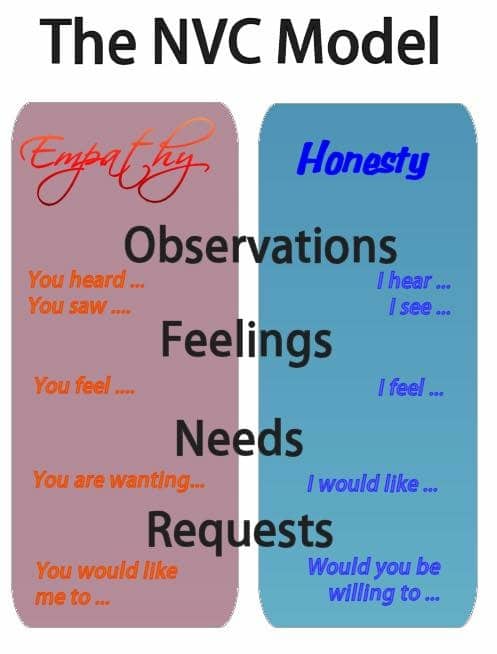
Violent Communication vs. Nonviolent Communication
In its Key Facts About Nonviolent Communication, the CNVC describes violence as “acting in ways that result in hurt or harm.” Based on this definition, they believe that much of how we communicate – judging others, bullying, having racial bias, blaming, finger pointing, discriminating , speaking without listening, criticizing others or ourselves, name-calling, reacting when angry, using political rhetoric, being defensive or judging who’s “good/bad” or what’s “right/wrong” with people – could therefore be called “violent communication.”
Nonviolent Communication, on the other hand is the integration of four things:
- Consciousness: a set of principles that support living a life of compassion, collaboration, courage, and authenticity.
- Language: understanding how words contribute to connection or distance.
- Communication Skills: knowing how to ask for what we want, how to hear others even in disagreement, and how to move towards solutions that work for all.
- Means of Influence: sharing “power with others” rather than using “power over others.”
NVC serves our desire to increase our ability to live with choice, meaning, and connection; connect empathically with self and others to have more satisfying relationships; and share resources so everyone is able to benefit.
The Four Cornerstones of NVC
Most workshops, prior to Dr. Rosenberg’s time, tended to focus on conflict resolution as gaining power over other people. There was no recognition of individual qualities or affirmation of each other’s uniqueness, no compassion or nurturing. While violence usually results from such concepts as judgments, thoughts, strategies and demands, Rosenberg instead based NVC on four core components known as OFNR:
- Observations: This is a description of what is actually happening, as reported by our direct, sensory experiences mixed with our “inner voice.” Observations should be free of moral judgment and criticism.
- Feelings: These are the physical sensations and emotions which are universal to all people. It could be a sensation of fear, love, happiness, or guilt.
- Needs/Values: These are the resources which are necessary to sustain our lives, and are also universal.
- Requests: Requests are when one party has an opportunity to contribute to the well-being of another. It is a specific action which provides a concrete offering with the intention of helping to fulfill a need. Requests can come in the form of clarity, feedback and action.
How You Can Use the NVC Process
The life-changing benefits of NVC can be applied to conflict resolution, personal relationships, parenting and families, education, personal growth, organizational effectiveness, anger management, business relationships and individual spirituality.
NVC helps to develop your emotional vocabulary, connect with your feelings and needs, break negative habit patterns, hear the needs behind behavior and get to the heart of the conflict.
A good starting point is to learn how to use “feeling” words in a sentence. This way you can accurately describe how you are feeling to the other person.
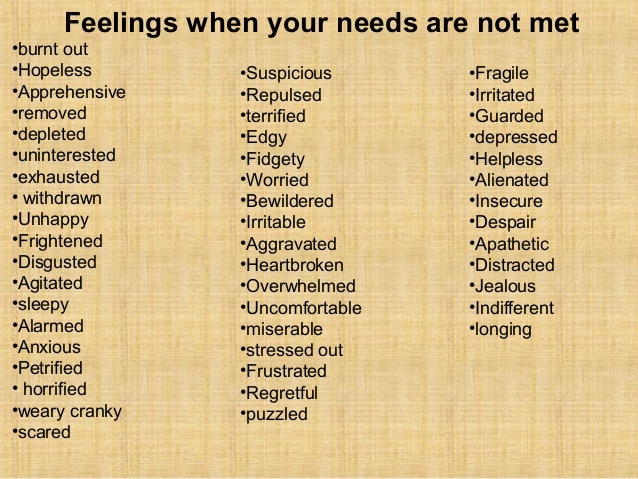
Getting both people’s needs met involves accurately communicating how one feels about the needs being met or unmet.

Here is a general outline of the entire communication model:
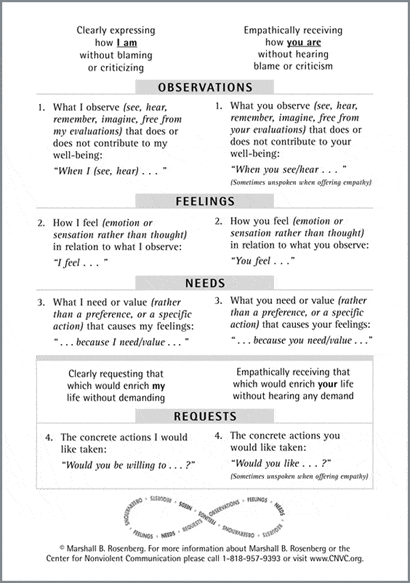
Paraphrased Quotes from Dr. Marshall B. Rosenberg
“Every criticism, judgment, diagnosis, and expression of anger is the tragic expression on an unmet need.”
“The goal of Nonviolent Communication is not to alter people and their behavior to suit us; it is to establish relationships based on empathy and honesty, which will fulfill everyone’s needs eventually.”
“The more we discuss the past, the less we heal from it.”
“We can’t make anyone do anything against their will without enormous consequences.”
Below is a Youtube video of Dr. Marshall Rosenberg speaking to a group of psychologists. This was an NVC workshop in San Francisco, CA.
Although Dr. Rosenberg passed away in 2015, the Center he founded continues to educate people to communicate more effectively and become more connected globally. The world is definitely in a better place for the legacy he left us.
NVC QUIZ FOR KIDS: I stayed up until 4am designing these quiz sheets below. If you have kids, you might benefit from chatting with them about the answers.
I use these quizzes to annoy the crap out of my nephews and nieces when I see them. 🙂
They are designed to help children distinguish between feelings or thoughts, and requests or demands.
And finally, below is a collection of infographics I’ve collected over the years.









